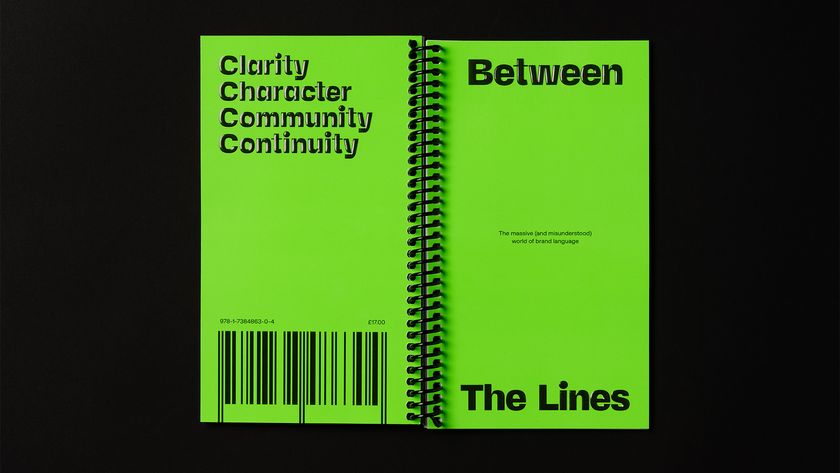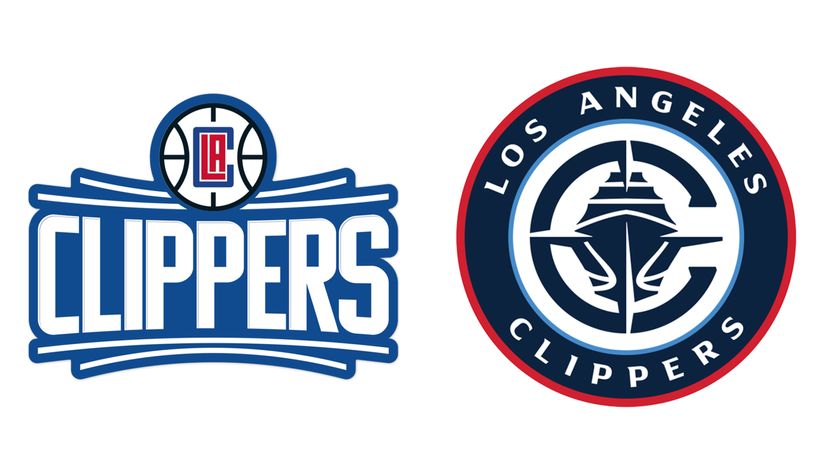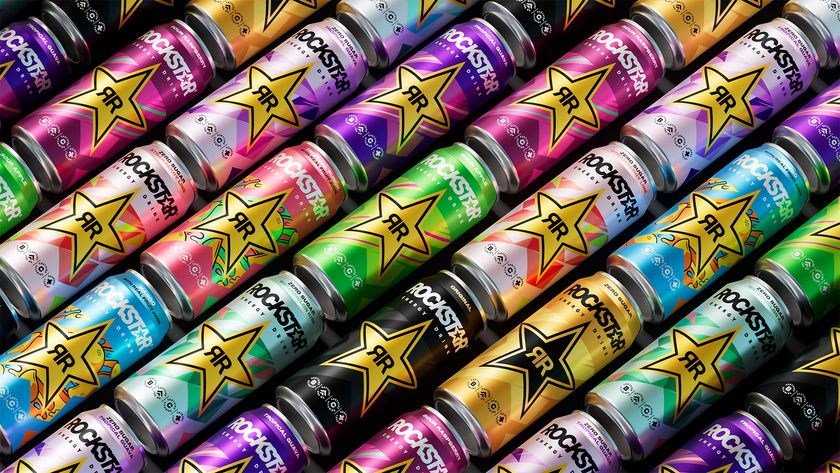How to create brand purpose
CBA Paris’ head of strategic design Anne Henry on successfully engaging today’s consumer.

Branding was originally about labelling and distinguishing one product from another, but today it has lost sight of this mission.
Brands are now seen as instruments of a consumer society, and much of the new generation denounces this system of commercial self-interest. As designers, it’s now urgent to question and realise the purpose of a brand in order to avoid obsolescence and remain desirable to today’s consumer.
According to the Edelman Trust Barometer, 69 per cent of the world’s consumers trust businesses to change the world, while only 47 per cent trust governments to do the same. Consumers both look for and expect brands to take a proactive role in making wider society better.
As designers, it’s now urgent to question and realise the purpose of a brand
Signals of this consumer shift can be seen in the rise of the sharing economy in the States with car pooling via sites such as BlaBlaCar, or Thredup, a site for buying and selling secondhand clothing. There’s also the rise in popularity of farmer’s markets; and an ever-increasing awareness of using and buying goods made from more sustainable materials.
The rise in the number of creative briefs about brand purpose, or the need ‘to embody an alternative’, attests to the urgency that brands from all sectors are placing on these ideological upheavals and new consumer aspirations. Here are my tips on how to create successful and tangible brand purpose and engage today’s consumer:
Create flexible designs
Conceive a flexible brand design that allows you as a brand, or your consumers, to appropriate or play with the brand elements, bringing people closer to your values and purpose. For example, cult streetwear brand Supreme create limited edition T-shirts featuring new versions of their iconic red box logo to celebrate each new store opening. This allows them to constantly reinvent their brand and links back to a key characterstic of streetwear fashion: playfully appropriating other brands and parts of culture to forge a new sense of identity.
Promote engagement
Dare to extrapolate the design codes to take a stand and promote meaningful engagement, perhaps through semiotics. Sustainability and environmental concerns have long been a part of Ben & Jerry’s brand identity. Now, their typography alone plays the role of a destroyer of global warming by featuring on placards and signage at climate change protests.
Get the Creative Bloq Newsletter
Daily design news, reviews, how-tos and more, as picked by the editors.
Engage in conversation
Engage in an intimate conversation that speaks to individuals’ social consciousness. Despite some notable environmental and civic initiatives by big brands, such as the Nestlé ‘Engagement Plan’, the DanoneWave initiative in the United States, and the Heineken Group’s position on a borderless world, large companies still struggle to be credible in the market when compared to smaller ones, which are much better at occupying a purposeful ‘activist’ stance on global issues. Faced with this distrust, it’s necessary for big brands to use their influence to educate consumers about important issues, and in turn help improve perceptions of their own brand.
Make a mark
Create a unique stylistic fingerprint to communicate the brand’s purpose in line with the company’s DNA. For example, the Australian drinks brand Sparkke Change promotes social progress by printing societal aspirations such as ‘Consent can’t come after you do’ or ‘What’s planet B?’ on white packaging. Method, which sells green cleaning products, through transparency of all its brand assets and vocabulary, brings respect for the planet at the heart of its value proposition.
When they get it right, these bold brands are all examples of memorable design footprints. For them, branding is the expression of a commitment that aims to transmit a new collective imagination. At the dawn of a new world, which is more conscious and experiential than ever before, we need to reconnect brands to people by using design beyond its functional or aesthetic aspect, and focus on promoting sustainable progress instead.

Thank you for reading 5 articles this month* Join now for unlimited access
Enjoy your first month for just £1 / $1 / €1
*Read 5 free articles per month without a subscription

Join now for unlimited access
Try first month for just £1 / $1 / €1












